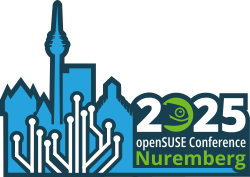Using configuration management like SALT or ansible for servers or more or less simple applications is standard practice in the industry. But, what if we talk about complex systems with special configurations and complex interactions?
In the production industry we talk about "digital twins", which enables faster development and better integrations. For IT systems we talk now about a "digital blueprint" for our systems. Right now it's a vision we are evaluating - it should enable us to do "one-click-installations" of complex landscapes as well as generating
a human readable description of the architecture.
It hopefully shifts us from "define an architecture and implement something similar manually" or "sketch the architecture of an existing system" to a system synchronized with the architecture.
A big part is the structured, templated description of the system and conventions or defaults how systems typically look like. We'll look at some already existing building blocks useful for implementing the vision, but we'll also sketch some missing parts or ideas to raise the full potential of our vision.
Licensed to the public under https://creativecommons.org/licenses/by-sa/4.0/
